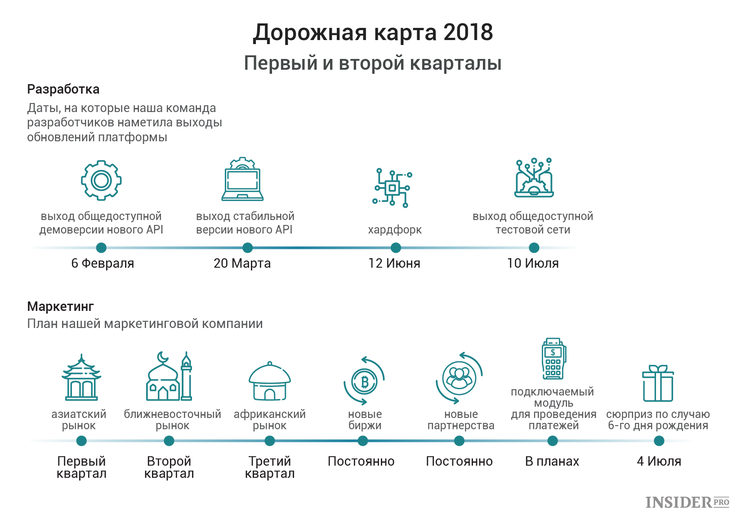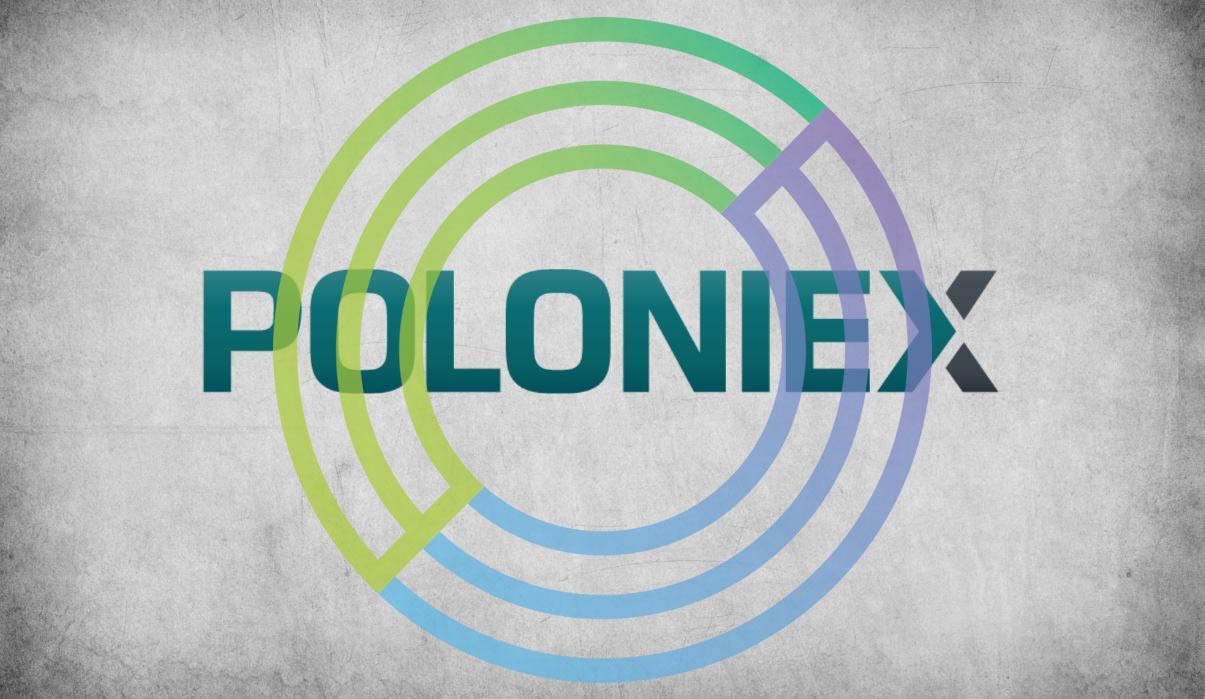There are several hard-coded constants in the bitcoin source code that are not easy to change. In a constantly changing world, where it is almost impossible to predict the challenges this system will face, this state of affairs poses a problem. We've already seen this in the heated debate about block size.
The Bytecoin development team has set three flexible system parameters:
The mining difficulty level changes for each new block of Bytecoin depending on the increase or decrease in the hash rate. Due to this, the block creation rate remains unchanged, even if the activity in the system suddenly increases or there is a sharp drop in the number of miners.
Read This: An eye on encryption. How secure are encrypted banking transactions?
Each Bytecoin user can vote on what size should be blockchain, and each miner can set the size of the block he mines within certain limits. The hard limit on block size is the double median of all previous blocks. With these variable constraints, the block size can grow as the entire network grows.
Transaction volumes are unlimited as long as the user is willing to pay all associated fees.
You May Like: Gary Gensler urges exchanges to register with the SEC
To prevent miners from creating blocks that are too large, due to which the blockchain will swell excessively, Bytecoin provides for penalties for exceeding the allowed block sizes. This penalty reduces the miner's block reward using the following formula:
New Reward = Base Reward ((Block Size / MN) - 1) ^ 2
MN is the median block size calculated from previous blocks. It's not the simplest formula, but it gets the job done.
Since its inception in July 2012, the Bytecoin project has not been a coherent whole. Several independent development groups worked on it, which, apparently, had little contact with each other. All this led to numerous forks and the emergence of new tokens.
You May Also Like: $16 billion US lawmakers want cryptocurrency holders
In July 2017, the Bytecoin team decided to change their image and become more open. The developers still retain their pseudo-anonymity, we see on the project website only their names and user pics, but not biographies or links to social media profiles. However, it is difficult to expect more openness from a project that focuses on confidentiality.
The Bytecoin team has been working hard on reprogramming the code and is going to release a new public API on February 6, 2018. Also, the project plans for 2018 to enter the Asian, Middle Eastern, and African markets.
Also Read: ARK INVEST CEO Predicts $500,000 Bitcoin Price By 2026!

This roadmap requires serious marketing and business development efforts. The project team established new partnerships with various companies, opened regional offices, and increased the number of feedback channels.
By focusing on privacy, Bytecoin competes with other confidential cryptocurrencies such as Monero, Zcash, and Dash. Monero supporters claim that more than 80% of the original tokens of this cryptocurrency were pre-mined two years before the official release of Bytecoin, however, Bytecoin representatives deny these statements.
Trade
Today, there are just over 183 billion BCN tokens in circulation. As the size of the miners' reward decreases, the total issue of BCN will be only 184.47 billion BCN.
Read Also : BTC, ETH and other cryptocurrencies begin to regain momentum
Until May 2017, the BCN rate remained relatively stable in the range of $ 0.00002 to $ 0.00005. Then it jumped to $ 0.0043 and then hit a record high. This jump in value coincided with the increased market interest in confidential currencies in general, in addition, Bytecoin announced that it will introduce untraceable tokens, which have not yet been on the market.
After this price spike, the Bytecoin price gradually declined, experiencing a short period of recovery when the development team announced a new policy of openness and user interaction. Like most other altcoins quotes BCN skyrocketed during the December 2017 bull market.
Confidential cryptocurrencies are showing a synchronous growth trend. So you shouldn't be surprised if another rise in the BCN rate coincides with an increase in the price of Monero or Zcash.
Where to buy BCN

While the Bytecoin roadmap suggests that this cryptocurrency can be bought on most exchanges in Q3 2018, there are not many options for purchasing it right now.
You can buy BCN with Bitcoin on HitBTC and Poloniex. However, before you can start trading on these platforms, you will first have to buy bitcoins on another exchange.
BCN can be bought with USD on Changelly, but keep in mind that fees can be quite high on this platform. If you decide to use Changelly's services, take care to create a BCN wallet in advance.
In addition, in early May, major cryptocurrency exchange Binance announced the addition of an altcoin.
Where to store BCN
There are the following options for storing BCN:
- Desktop purse;
- Web wallet;
- Mobile wallet.
There are versions of the desktop wallet for Mac, Windows, and Linux, and the web wallet can be accessed from any browser. A mobile wallet is currently under development.
Whichever wallet you choose, be sure to use encrypted passwords and two-factor authentication. These additional security measures will protect your wallet better than the standard configuration.
Conclusion
Although the goal of the project is to make cryptocurrency better than Bitcoin, the Bytecoin team directly states that they do not want to be a replacement for Bitcoin. On the contrary, Bytecoin developers believe that having different strong currencies will benefit the entire crypto community.
The team's recent efforts to establish a regime of greater openness and interaction with users have led to the project, which was previously perceived as questionable by some experts, has become more credible.
With government interference in the cryptosphere continuing to intensify, it is likely that interest in sensitive cryptocurrencies like Bytecoin will continue to grow.


0 Comments
Any Queries , You May Ask